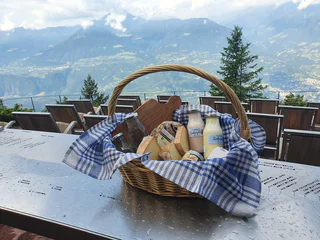
Winter carriage ride in Hafling
Santa Caterina/St. Kathrein, Hafling/Avelengo, Meran/Merano and environs
23 december 2025
datum události
24 december 2025
datum události
25 december 2025
datum události
26 december 2025
datum události
27 december 2025
datum události
29 december 2025
datum události
30 december 2025
datum události
31 december 2025
datum události
01 january 2026
datum události
02 january 2026
datum události
03 january 2026
datum události
05 january 2026
datum události
06 january 2026
datum události
07 january 2026
datum události
08 january 2026
datum události
09 january 2026
datum události
10 january 2026
datum události
12 january 2026
datum události
13 january 2026
datum události
14 january 2026
datum události
15 january 2026
datum události
16 january 2026
datum události
17 january 2026
datum události
19 january 2026
datum události
20 january 2026
datum události
21 january 2026
datum události
22 january 2026
datum události
23 january 2026
datum události
24 january 2026
datum události
26 january 2026
datum události
27 january 2026
datum události
28 january 2026
datum události
29 january 2026
datum události
30 january 2026
datum události
31 january 2026
datum události
02 february 2026
datum události
03 february 2026
datum události
04 february 2026
datum události
05 february 2026
datum události
06 february 2026
datum události
07 february 2026
datum události
09 february 2026
datum události
10 february 2026
datum události
11 february 2026
datum události
12 february 2026
datum události
13 february 2026
datum události
14 february 2026
datum události
16 february 2026
datum události
17 february 2026
datum události
18 february 2026
datum události
19 february 2026
datum události
20 february 2026
datum události
21 february 2026
datum události
23 february 2026
datum události
24 february 2026
datum události
25 february 2026
datum události
26 february 2026
datum události
27 february 2026
datum události
28 february 2026
datum události
02 march 2026
datum události
03 march 2026
datum události
04 march 2026
datum události
05 march 2026
datum události
06 march 2026
datum události
07 march 2026
datum události
09 march 2026
datum události
10 march 2026
datum události
11 march 2026
datum události
12 march 2026
datum události
13 march 2026
datum události
14 march 2026
datum události
16 march 2026
datum události
17 march 2026
datum události
18 march 2026
datum události
19 march 2026
datum události
20 march 2026
datum události
21 march 2026
datum události
23 march 2026
datum události
24 march 2026
datum události
25 march 2026
datum události
26 march 2026
datum události
27 march 2026
datum události
28 march 2026
datum události
30 march 2026
datum události
31 march 2026
datum události





























